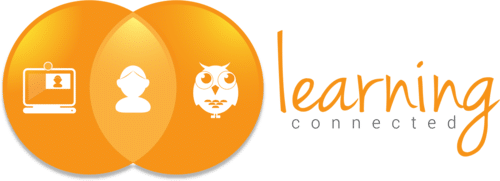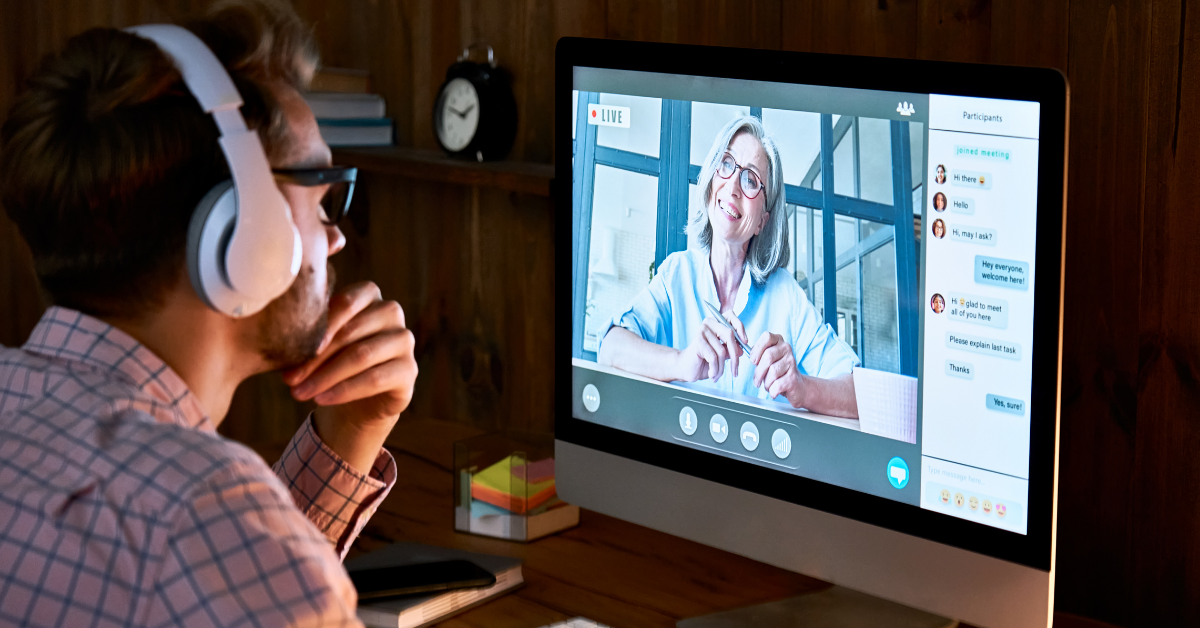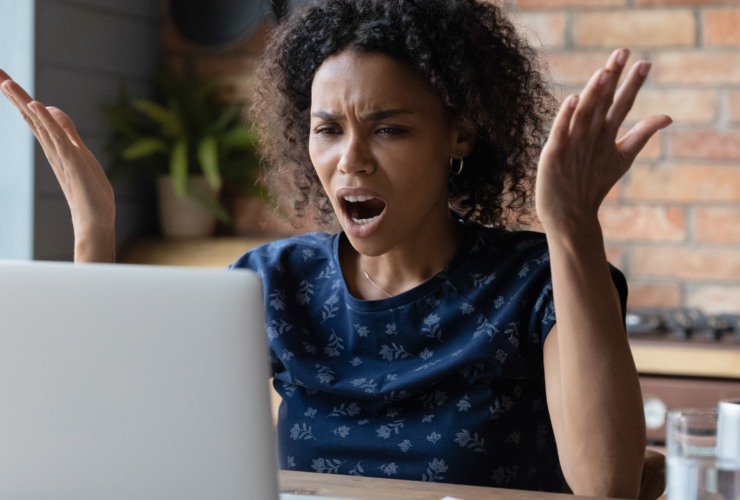You were just getting back into the swing of things with your physical classes... Now education is facing new measures. For you, this probably means that lessons and lectures will have to take place online again. You probably already noticed in the previous lockdown(s) that converting your physical lessons to an online variant via a video call tool is not always easy. In this blog we give you three tips to make this process easier! Want to receive even more tips and tricks? Then follow our free webinar on January 12! You can register here.
The one-to-one conversion of a physical lesson to an online lesson is also jokingly compared to the first Opel passenger car. This very first car looked like a carriage with a horse. All elements of the horse-drawn carriage were still present, except the horse. This was replaced by an engine. What are we trying to make clear with this? Simply replacing a physical lesson with an online lesson is not necessarily convenient. Just like simply replacing the horse for a motorcycle was not very convenient either. You still had to climb up on that buck and use reins to steer... Teaching online is really different than teaching physically, just like a motorcycle is really different compared to a horse! So what should you look for when converting from a physical lesson to an online lesson? With the following three tips from live online communication expert Maret in your mind, you've come a long way!
Focus on learning goals
Where do you start as a teacher when converting your physical lesson to an online lesson? Utrecht University developed a step-by-step plan for this, focusing on the tip To start at the end: the learning goals. Start converting your lessons by taking a critical look at the learning objectives already established for physical education. Current circumstances may require an adjustment in these learning objectives. Which learning objectives are also feasible online? Which learning objectives are no longer feasible online? And how can you replace these learning goals? The newly established learning goals are the starting point of your lesson content and the online activities that fit well with it.
Keep it simple
One of the benefits of online teaching is that there are endless digital options to make your online class more engaging and challenging. Think of beautiful design tools to pimp your presentation, apps to test knowledge in an interactive way, tools for digital remote collaboration, and so on. However, do not expect yourself to master and apply all these new applications immediately! This often takes some time. Trying to grasp and incorporate too many digital possibilities in your online lesson is often counterproductive. It can confuse students and make you insecure. Keep it simple! Make sure you have a good basis by means of a presentation and then start applying digital possibilities that you know and feel confident about step by step.
Variety
You probably know it yourself. Those long online meetings where theory is immediately thrown on the table and the same person is constantly talking. These meetings are often boring. They take a long time and are usually not very varied or challenging. You want to prevent pupils and students from experiencing your online lessons in the same way! Simply repeating what you always did offline in a long online lesson does not help. Online students are more easily distracted and more effort is needed to keep them engaged. Try to divide your online lesson into different parts, so that the lesson offers enough variety. For example, start with a short warm-up. This can be related to the lesson topic, but you can also make this more personal. Then test the knowledge briefly by means of a quiz, statements or making a word web. After that, try to combine classroom learning with individual or smaller group learning in a thoughtful way. For example, start with half an hour of theory online, alternating between presenting information with multiple-choice questions, statements, open-ended questions, and so on. Then an individual assignment or an assignment in small groups, which you discuss and evaluate together online after an hour. In this way you also put the re gion down to the pupils and students themselves and ensure that your lesson consists of different parts, which provide more variety and challenge.
We could go on and on with concrete tips and tricks for converting your physical class into an online class. Are you curious and want to learn more? Then follow our webinar on January 12! In one hour, we'll provide you with the most important tools for converting your physical class into an online class! Of course, there is also room to ask questions to our live online communication experts. Will we see you there?




